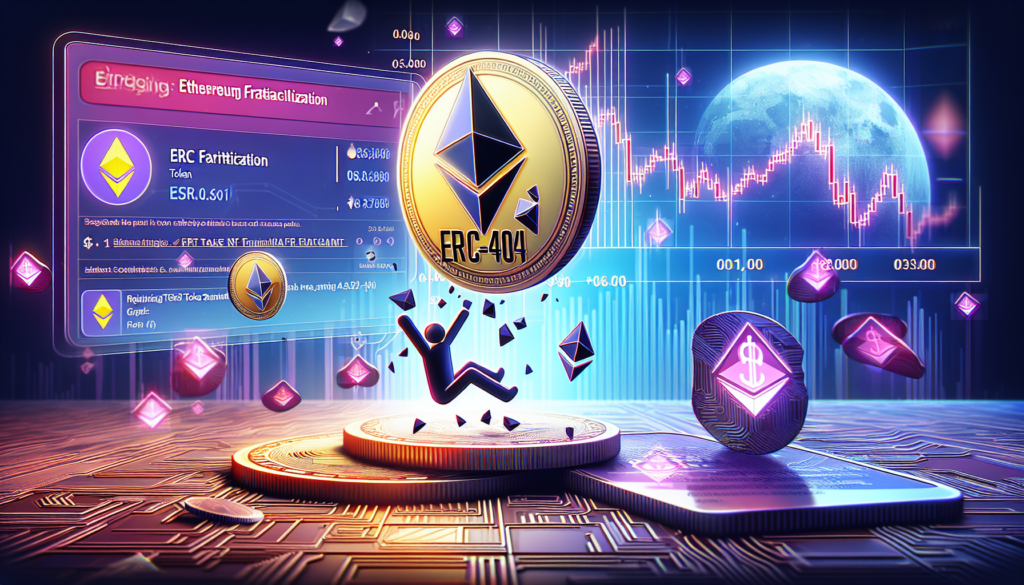
Recently, the cryptocurrency industry’s latest innovation, the ERC-404 token standard, has experienced a significant drop in interest. The first token to use this standard, Pandora, saw its market capitalisation plummet by 40% in a mere three days.
Pandora, with its unique combination of the interchangeability of ERC-20 tokens and the distinct nature of non-fungible tokens (NFTs), had initially experienced an impressive 12,500% increase in value. However, this recent plunge has left participants questioning the long-term viability of ERC-404 tokens.
The ERC-404 standard has drawn criticism due to its experimental nature and the potential for security breaches. Critics, including a developer aptly named “quit,” have pointed out vulnerabilities in the system, such as the potential for high-value NFTs to be inappropriately withdrawn from loan pools. These criticisms underscore the challenges this new token standard faces in practical applications.
The adoption of ERC-404 tokens has also resulted in a spike in Ethereum gas fees, exacerbating the difficulty of its widespread uptake. The additional transaction costs, largely due to the reminting of NFTs, have shone a light on potential inefficiencies within the ERC-404 standard. Quoting one critic, “An average ERC-404 transfer is 125,000 gas units. More than 3x the gas of an average ERC-721 transfer…”
Nevertheless, the standard has sparked interest due to its novel take on NFT fractionalization, which facilitates the trading of token fragments on decentralized exchanges. This is a significant shift for NFTs, treating them similarly to regular ERC-20 tokens. Yet, the sudden price drops of Pandora and other ERC-404 tokens have cast doubt on the longevity and widespread acceptance of the standard within the crypto community.